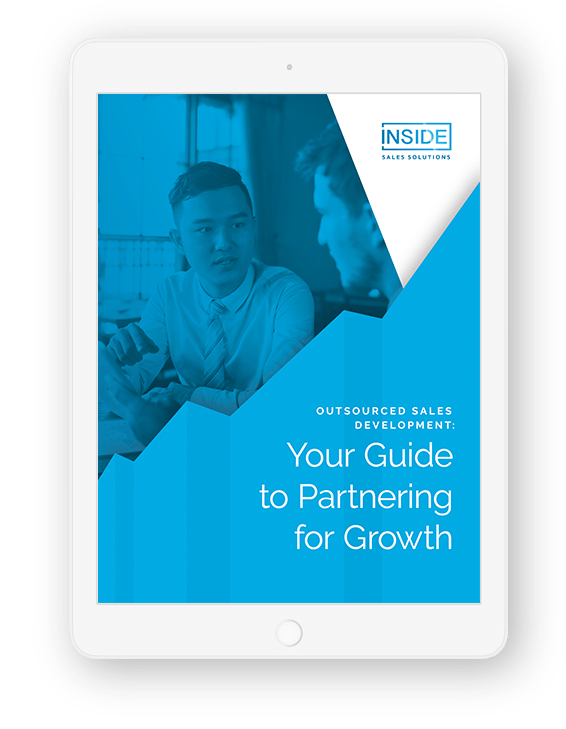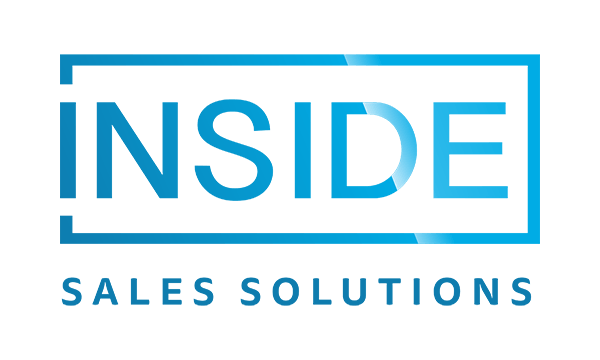Demand generation and lead generation are both essential for a business to succeed. Many business leaders mistakenly believe these functions are essentially the same, but this is like saying marketing and advertising are the same thing: one is considered part of the other. They’re not interchangeable terms and each requires distinct attention to succeed.
Demand generation is the holistic process of creating awareness and interest in a product or service. Lead generation, on the other hand, is the process of identifying and nurturing prospects into qualified sales leads.
In general, demand generation is the broader term that begins with creating awareness and includes everything necessary to close deals, whereas lead generation is one component of a holistic demand generation strategy. Demand generation begins at the top of the funnel to increase your audience of prospects, then lead generation efforts step in to convert those prospects into qualified leads.
Get the Ultimate Guide to Maximizing Channel Sales
Demand generation explained
Demand generation encompasses everything required to generate interest and awareness, and to generate customers from that interest and awareness. Though demand generation spans awareness building, lead generation, nurturing, and pipeline acceleration, many people focus on the first part of this process when discussing lead generation. At the end of the day, its success relies on getting your audience’s attention and beginning to forge positive relationships with them.
Many companies turn to inbound marketing for demand generation, creating different types of valuable content to educate and attract customers, such as blog articles, social media content, podcasts, and more. These tactics often won’t win you sales directly, but when it comes time to earn a new lead or sale, you’ll get a lot of help from the authority you’ve earned in this stage.
Lead generation explained
Lead generation is where all that awareness and trust you’ve begun to build with your demand generation marketing strategies start to show their results. It involves getting a prospect to take action in a way that suggests interest, namely by providing you with contact information.
For instance, a contact form on your website where a prospect can give you their email address to download a case study or request more information. Webinars and “freemium” versions of your product can also be effective lead gen tools
In addition to inbound tactics, outbound efforts such as cold calling and appointment setting are also popular ways to generate leads.
Lead generation drastically narrows your audience, from people who are interested in your industry to people who could benefit from your solution.
Key Differences between Demand Generation and Lead Generation

Is demand generation or lead generation more important for businesses?
This is a bit like asking “which is more important, cooking your food or eating it?” Both are necessary and depend on the other to drive results. With demand generation alone (cooking your food but not eating it), you’re not going to get any sales.
Meanwhile, if it came down to it, you could “eat your food without cooking it” (running lead generation efforts without demand generation), but you’re going to get much worse results because prospects will likely have no familiarity with your brand. Consider, for example, how many cold emails you’ve ignored in the past week.
Both practices depend on the other to increase sales.
How can businesses generate more demand?
There are a number of demand generation tactics to generate brand awareness and interest. You’re probably aware of these methods, but many businesses fail to apply a thoughtful strategy to these tactics, and simply churn out content with no clear direction.
When crafting a demand generation strategy, the tactics you use will generally fall into three main categories: social media engagement, content creation, and events.
- Social media: have active social media accounts where your target audience spends their time. Don’t use social media for hard sells or constant self-promotion, but find ways to provide value to your potential customers and give them a reason to engage with your posts, such as commenting or sharing.
- Content creation: whether it’s a YouTube channel, a podcast, a blog, or useful infographics, aim to create insightful, educational, or entertaining content related to your industry or solution. Build some name recognition and prove yourself (or the people on your team) as authoritative and trustworthy in the market. (See: inbound marketing).
- Events: conferences and trade shows are a common way to generate demand, introducing people to your solution and discussing the problem it solves. Few of these interactions will lead to a sale, especially right then and there, but more people will walk away with a better understanding of the problem and the existence of solutions.
To maximize the impact of your content creation, you can rely on search engine optimization, pay-per-click advertising (such as Google, LinkedIn, or Facebook), and sharing your content organically on your social media accounts. With a strong demand generation process in place, your lead generation efforts will go much further.
How can businesses generate more leads?
Lead generation needs to be more targeted and can be more industry specific. Commonly, early lead generation online is done through gated content. In other words, you offer something a prospect finds more valuable, such as a guide, case study, white paper, or checklist. In exchange, the prospect must provide their email or other contact information.
If you use the right type of gated content, getting someone’s email address will further validate their interest in your solution, more than reading a blog post might. If you sell a CRM platform for instance, a piece of gated content might be a sales guide for choosing the best CRM for their needs.
The work that we do for our clients, outbound sales development (aka cold calling or appointment setting), is also highly effective in generating qualified leads. Personalized, one-on-one conversations are more persuasive, and can more accurately qualify a lead.
The best option is both options. Not only do you then have two strategies generating new leads, but they can also work well together. Content can be helpful for outbound follow-up communications and there’s no better way to qualify and engage an inbound lead than with a quality follow-up conversation after they’ve provided their contact info.
Regardless of the strategies you use for your business, the key is to have a strategy for both drumming up interest in your products and services and for turning that interest into qualified leads for your sales team to pursue.
Considering Outsourced Sales Development?
Don't make your decision until you read our guide to creating a successful partnership for growth.


